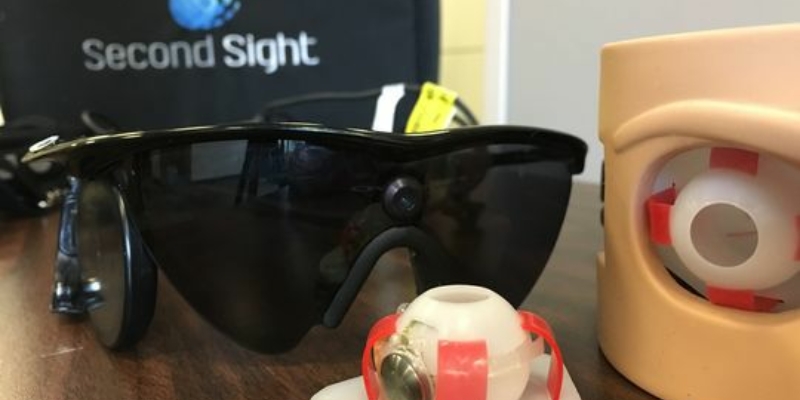Article from 9 News.com:
KUSA – A newly implanted bionic eye is helping a Johnstown woman see after nearly two decades. The device called Argus II Retinal Prosthesis System and is made up of a camera on sunglasses and a microchip. The bionic eye costs $144,000 and surgery is around $15,000.
“It’s a new way of seeing,” Jamie Carly said.
The sunglasses are equipped with a camera that sends the image directly in front of her to a chip installed behind her eye, which in turn sends that image to her brain. Carly is the first person in Colorado to get the so-called bionic eye. UCHealth eye surgeon Dr. Naresh Mandava said the complicated five-hour surgery was a success.
“That feeling was really exhilarating for Jamie and for us. She could see right away with the device,” he said.
Carley won’t be able to see details or even colors, but she will be able to see pixelated images in black and white. It might not look like much for someone with normal vision, but for her, it’s a game changer. The simple things many people take for granted are now possible.
“I have an iPhone and I have the screen covered, just to save on the battery. Now I take the screen off because I can have it in my hand and I can see it flashing and I can see the lights on it. Which is really cool,” Carley said.
With a little camera training and practice, doctors believe it can only get better from here. For Carley, she’ll take it day by day and is looking forward to July.
“I miss fireworks. I really miss the fireworks,” she said.
There are around 106,000 people in Colorado who have some type of visual disability. The bionic eye isn’t a cure for blindness but can help people with the disease retinitis pigmentosa.
